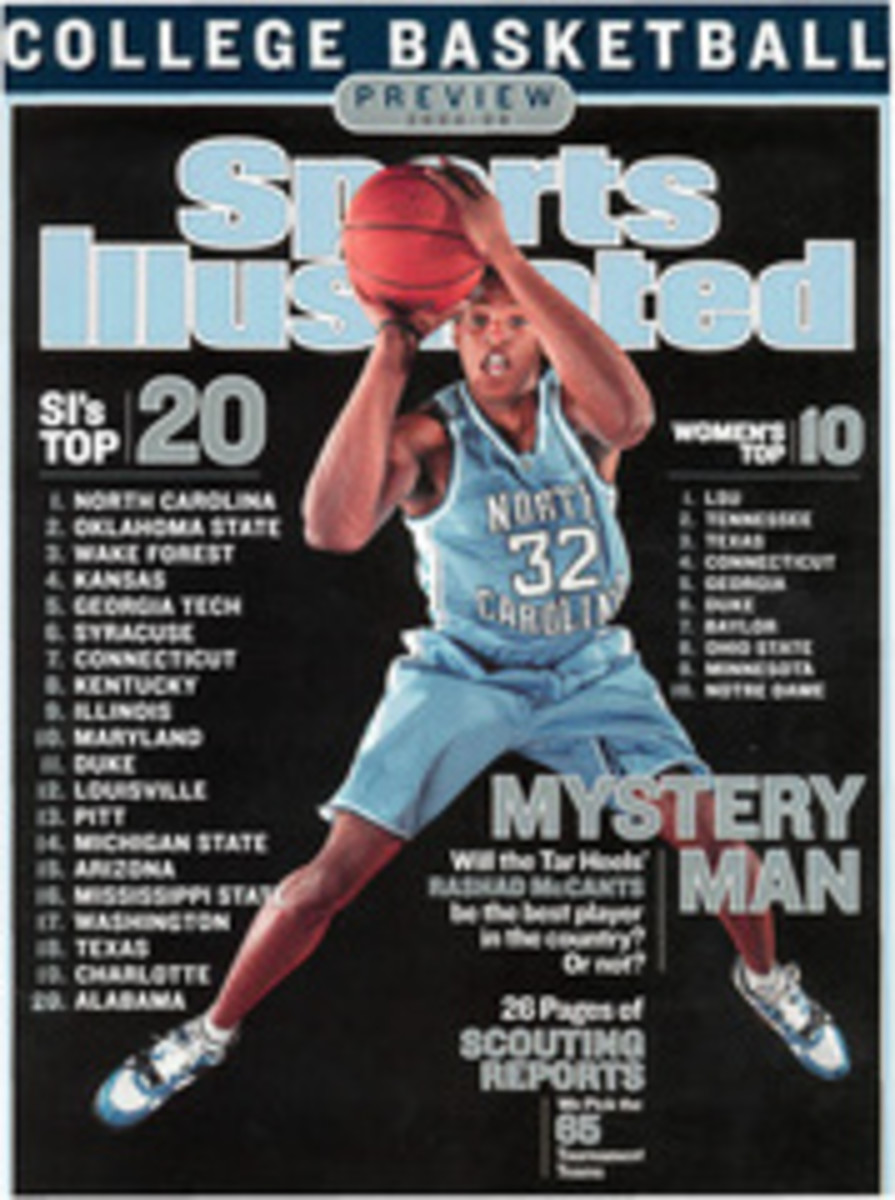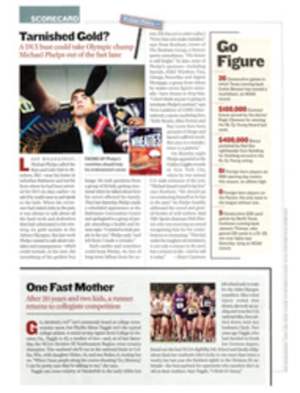
Ghost in the House
At the top of a staircase in the barnlike New Hampshire garage where Ken Burns keeps his offices is a framed cartoon of a man and a woman watching television. An unseen announcer says: "Coming soon to PBS: O.J., a 2,575-hour documentary." Which prompts the man to mutter, "Ken Burns has got to be stopped."
But nothing much stops Burns, 51, whose films tend to be epic in scope and length. His three major PBS documentaries--The Civil War, Baseball and Jazz--have a combined running time of nearly 50 hours. Judged on those terms, his latest project, Unforgivable Blackness: The Rise and Fall of Jack Johnson, seems little more than a trailer. His chronicle of the world's first black heavyweight champ, which airs in January on PBS, clocks in at three and a half hours, but it is no less mesmerizing than his previous work.
In Unforgivable Blackness, Johnson's lurid life is used as a template for understanding racial injustice in America in the first half of the 20th century. As the world's best boxer and first black superstar, he threatened the largely white and violently prejudiced public by beating up white men in the ring and consorting with white women out of it. To expand on Johnson's persona, Burns employs archival photos, vintage fight footage and commentary from boxing buffs--most colorfully, the writer Stanley Crouch, who relates that when Johnson was asked why white women like black men, he deadpanned: "We eat cold eels and think distant thoughts."
The original playa, Johnson was a willful Texan with a mocking, gold-toothed smile and a casual contempt for the white champs who refused to fight blacks. He chased heavyweight Tommy Burns all over the world until, in 1908, the white Canadian agreed to a title bout in Australia. A superb defensive boxer, Johnson toyed with Burns, then pounded him silent in Round 14.
Outrage at the result was almost plaintive. A call went out for a White Hope to restore racial supremacy. The novelist Jack London begged Jim Jeffries, who had retired undefeated in 1905, to remove "the golden smile" from Johnson's face. Jeffries grudgingly consented, and the "Battle of the Century" was held in Reno on July 4, 1910. In the 15th round, before 16,000 unbelieving spectators, Jeffries sank soddenly to the canvas. His defeat touched off race riots by whites across the country.
Unwilling to forgive Johnson's victory, the establishment conspired to bring him down. He was arrested in 1912 on a trumped-up charge of taking a woman across state lines for immoral purposes. Sentenced to a year in federal prison, he went into adventurous exile in Europe. In 1915 a dissipated Johnson drifted to Cuba to fight Jess Willard. Young, towering and white, the Kansan restored "white honor" by decking Johnson in the 26th round of a scheduled 45-rounder.
Suddenly Johnson was a nobody. After squandering his fortune he returned to the States in 1920 and served out his sentence at Leavenworth. There would not be another black heavyweight champ until Joe Louis in '37.
Though the Brown Bomber repudiated Johnson and all he had come to represent, Muhammad Ali later saw him as a kindred spirit. In the film's coda the late George Plimpton relates how cornerman Bundini Brown would spur on the Greatest by shouting, "Ghost in the house! Ghost in the house!"
The ghost, of course, was Jack Johnson. "He was flawed and could be his own worst enemy," says Burns, "but there was heroism in his insistence on living as he pleased." ■
 
How rancorous was white reaction to Jack Johnson's 1910 knockout of Jim Jeffries? The documentary's invaluable companion book, by Ken Burns's longtime collaborator Geoffrey C. Ward (Knopf, 492 pages, $26.95), reprints this editorial, entitled "A Word to the Black Man," from the Los Angeles Times.
"Do not point your nose too high. Do not swell your chest too much. Do not boast too loudly. Do not be puffed up. Let not your ambition be inordinate or take a wrong direction.... Remember you have done nothing at all. You are just the same member of society you were last week.... You are on no higher plane, deserve no new consideration, and will get none.... No man will think a bit higher of you because your complexion is the same as that of the victor at Reno."
B/W PHOTO
GARY PHILLIPS COLLECTION (FIGHT)
HEAVYWEIGHT
Burns (below) found Johnson as compelling out of the ring as inside it.
B/W PHOTO
CHICAGO HISTORICAL SOCIETY (CAR)
[See leadin above]
  [See caption above]
B/W PHOTO
LISA BERG (BURNS)
[See leadin above]
  [See caption above]

